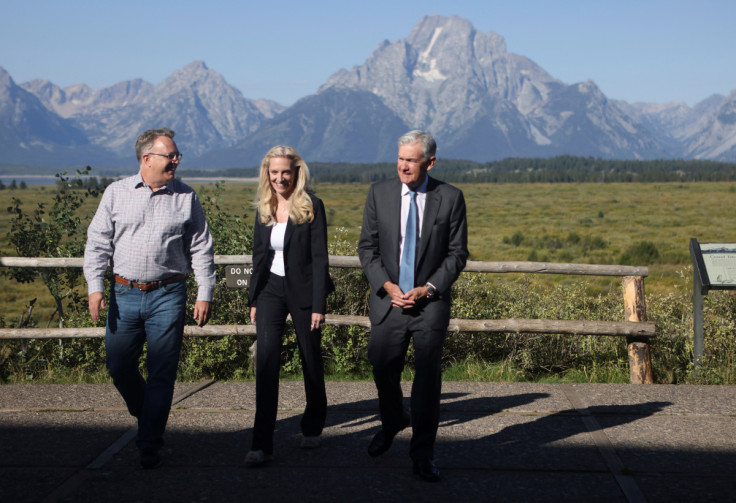Fed's Williams Says More Rate Rises Needed, Sees Higher Unemployment

New York Federal Reserve President John Williams said on Monday the U.S. central bank still has more work to do to lower very high levels of inflation, and he also noted he expects to see a notable jump in unemployment as a result of this policy path.
"Inflation is far too high, and persistently high inflation undermines the ability of our economy to perform at its full potential," Williams said. He noted that there have been signs of progress in lowering inflation, but added that more Fed action will be needed to get inflation back to the central bank's target.
"Further tightening of monetary policy should help restore balance between demand and supply and bring inflation back to 2% over the next few years," Williams said in prepared remarks for a gathering of the Economic Club of New York. "Tighter monetary policy has begun to cool demand and reduce inflationary pressures," he said, adding that "it will take some time, but I am fully confident we will return to a sustained period of price stability."
Williams also serves as vice chair of the rate-setting Federal Open Market Committee, with the central bank's next monetary policy meeting set for Dec. 13-14. The Fed is widely expected to raise its policy rate, currently in the 3.75%-4.00% range, again as officials seek to lower the highest levels of inflation seen in four decades.
The Fed has boosted the cost of short-term borrowing very aggressively this year and since the summer it has moved in historically large increases of 75 basis points, relative to its more normal cadence of quarter-percentage-point increases.
But Fed officials have signaled both at the central bank's November meeting and in comments since then that they may find the space to slow the pace of increases as they close in on a resting point for their rate-rise campaign. That's opened the door to the prospect the Fed could raise its target rate by 50 basis points at the next gathering.
Williams did not offer a preference for the size of the Fed's next move or provide hints on how far he thinks the central bank will need to raise rates over time. He is scheduled to take audience and media questions after his formal remarks on Monday.
Williams said in his prepared remarks that unemployment is set to rise even as the economy is likely to escape falling into recession.
The labor sector remains very tight, Williams said, with strong hiring and rapid wage gains. With economic growth expected to be in modestly positive territory this year and next, he said the unemployment rate will likely rise to between 4.5% and 5.0% by the end of next year.
Meanwhile, slower global growth and improving supply chains should help lower inflation. Compared to the 6.2% rise in September in the Fed's preferred inflation gauge, the personal consumption expenditures price index, Williams said inflation should ease to between 5.0% and 5.5% by the close of 2022 and to 3.0% to 3.5% next year.
Williams also said in his prepared remarks that the bond market has been holding up fairly well in the face of the Fed's actions.
© Copyright Thomson Reuters 2024. All rights reserved.











